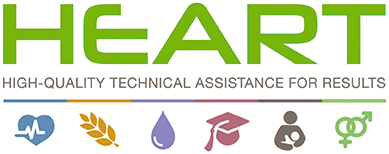heart-resources | บาคาร่า เว็บตรง สมัครเลย
heart-resources เข้าสมัคร บาคาร่า ออนไลน์ เว็บตรง เล่นเว็บอันดับ1 heart-resources.org
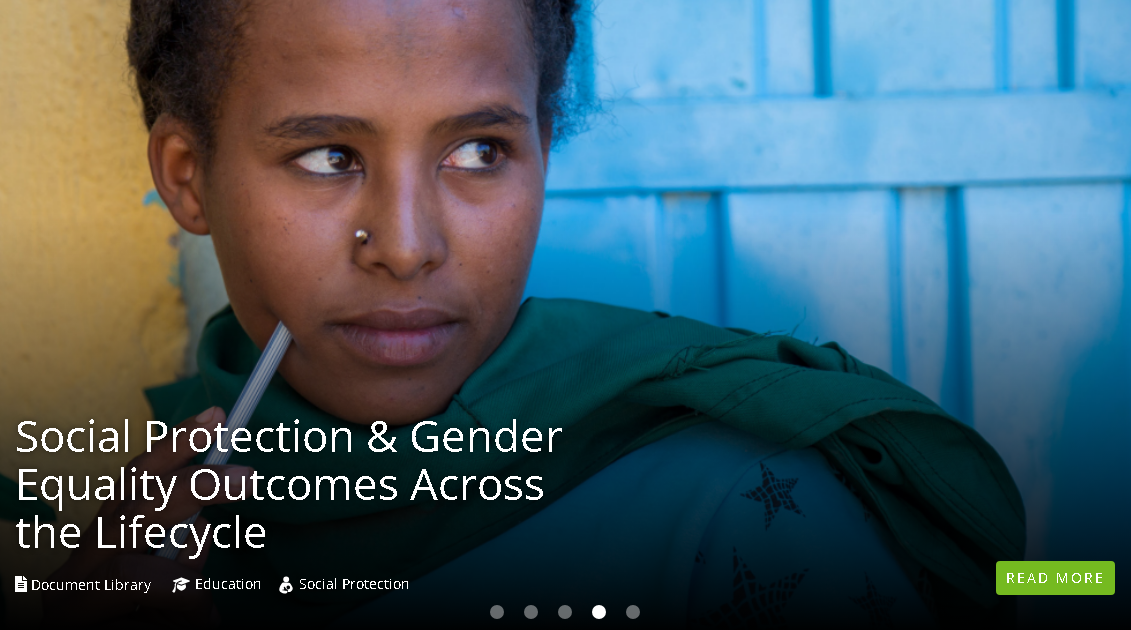
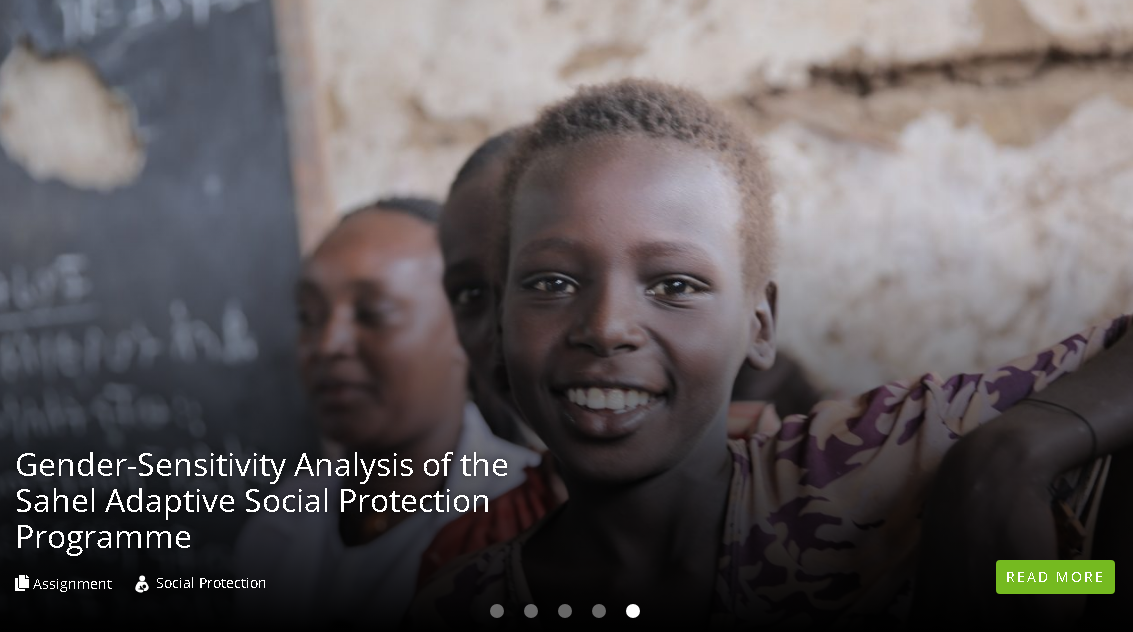
Modern Slavery Prevention and Responses in South Asia: An Evidence Map
Our themes

Health
All resources on health and development including materials on access to medicines; communicable diseases; environmental health; health systems; HIV and AIDS; international policy and aid financing; maternal, newborn and child health, non-communicable diseases and mental health; and sexual reproductive health.
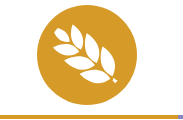
Nutrition
All resources on nutrition and development including materials on childhood nutrition; agriculture; and financing nutrition.
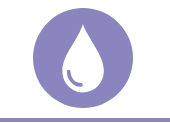
Water & Sanitation
All resources on water, sanitation and hygiene (WASH) and development including materials on handwashing and sanitation; water services; gender and WASH; water policy; faecal sludge management; and urban sanitation.

Education
All resources on education and development including materials on access and participation; adult, higher and vocational education; curriculum, learning, and teaching; education and health; girls’ education; policy finance and governance; quality of learning outcomes; sex education; and violence, conflict and emergencies.
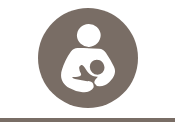
Social Protection
All resources on social protection and development including materials on inclusive development; social health protection; gender equality; digital inclusion; cash transfers; child labour; and modern slavery.
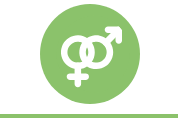
Gender
All resources on gender equality and social inclusion; including economic empowerment, health, human rights, social protection and voice and accountability. HEART’s Gender expertise provides a comprehensive insight into gender as a cross-cutting issue across many other domains in development (health, education, governance, WASH and nutrition), including access to services and opportunities, and voice, choice, and control, the goal being to mainstream gender approaches and drive progress towards global gender equality and women’s empowerment.
